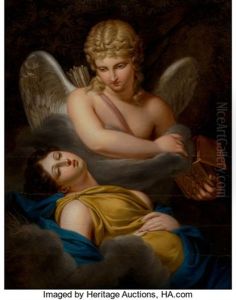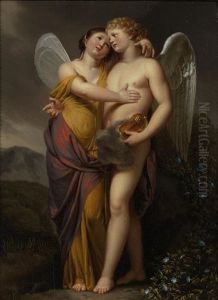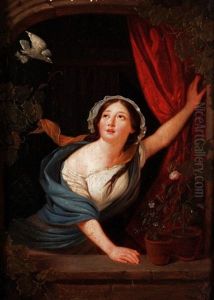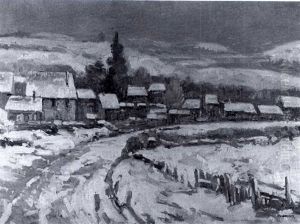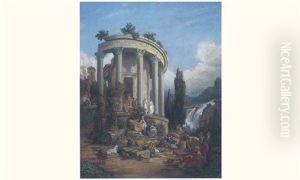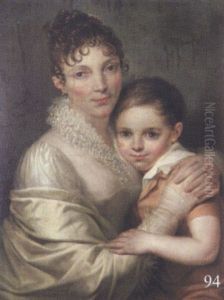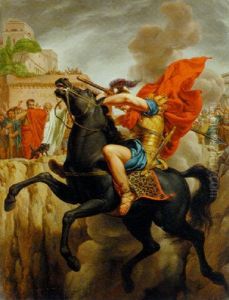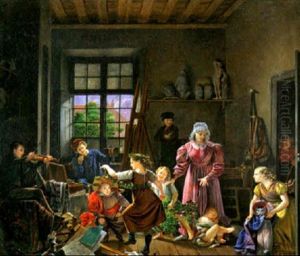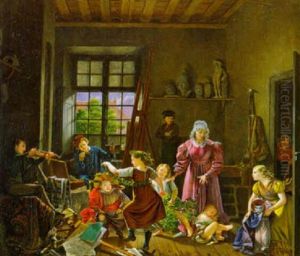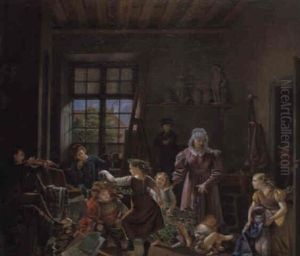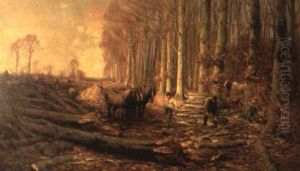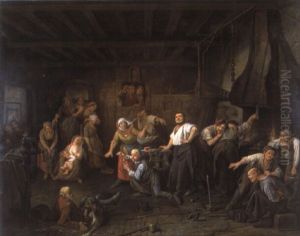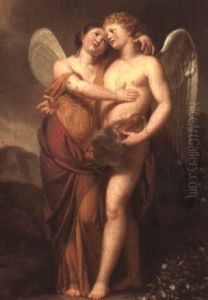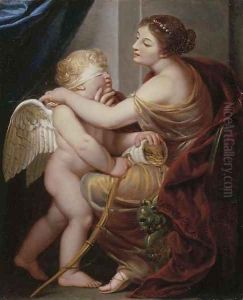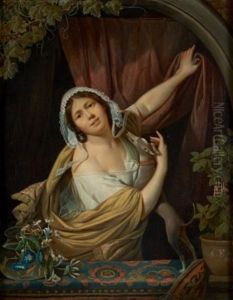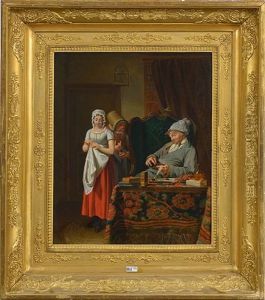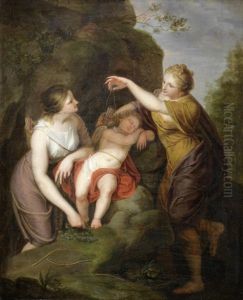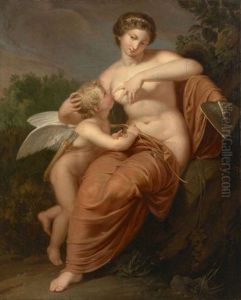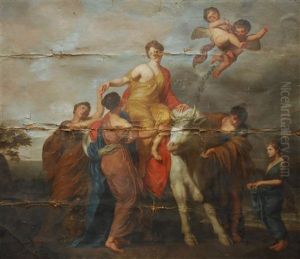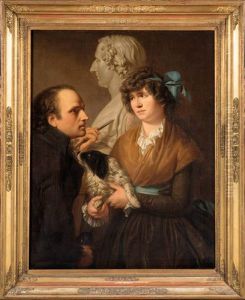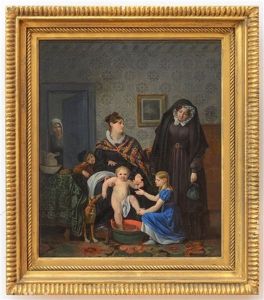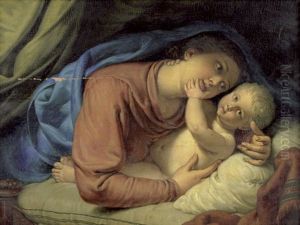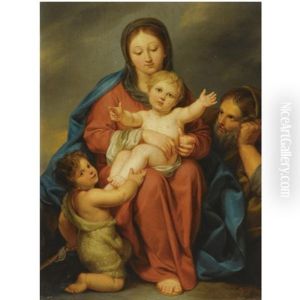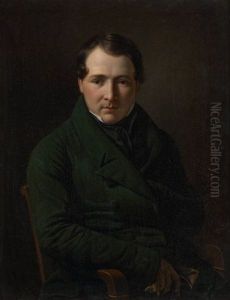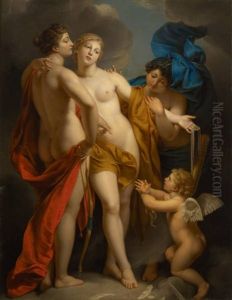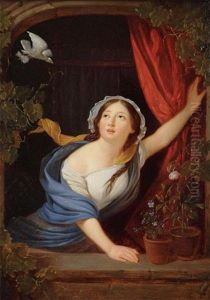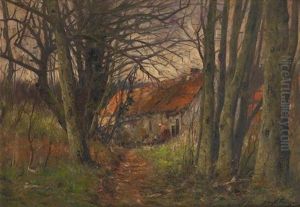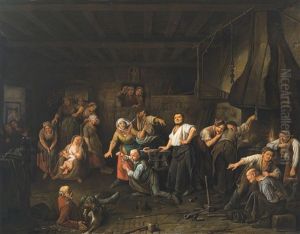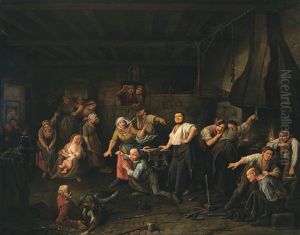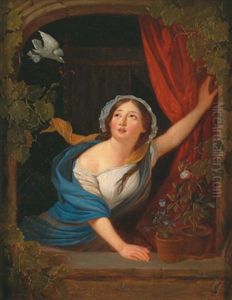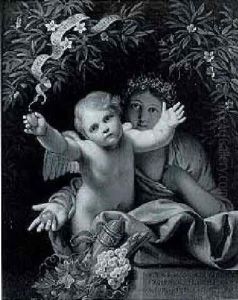Pierre Joseph Celestin Francois Paintings
Pierre Joseph Célestin François was a prominent Neoclassical painter from the Southern Netherlands, born on September 16, 1759, in Namur, which was then part of the Austrian Netherlands. His artistic journey began under the tutelage of J.B. Coclers in Liège and then under Joseph-Marie Vien in Paris. François was deeply influenced by the Neoclassical movement, which was a reaction against the ornate Rococo style and sought to return to the simplicity and purity of the arts of Rome and Renaissance Italy.
François' career spanned a tumultuous period in European history, including the French Revolution and the Napoleonic Wars. Despite the political upheavals, he managed to receive significant commissions and maintained a successful career. In 1784, he won the prestigious Prix de Rome, which allowed him to study in Italy. His stay in Rome from 1786 to 1790 had a profound impact on his work, and he was particularly influenced by the classical Roman and Renaissance masterpieces he studied there.
After his return to the Austrian Netherlands, François continued to work and receive recognition for his talent. He became a professor at the Academy of Fine Arts in Ghent and later at the Academy of Fine Arts in Brussels, where he influenced a generation of young artists with his teachings. His works often depicted historical and mythological scenes, characterized by their clarity, harmonious composition, and the use of light to achieve a serene atmosphere.
The legacy of Pierre Joseph Célestin François includes his contributions to the field of Neoclassical art, his influence on his students, and the works he left behind. Some of his notable paintings include 'The Death of Epaminondas' and 'The Martyrdom of St. Julia'. He passed away on August 26, 1851, in Brussels, leaving behind a body of work that continues to be appreciated for its adherence to the classical ideals of beauty and harmony.
